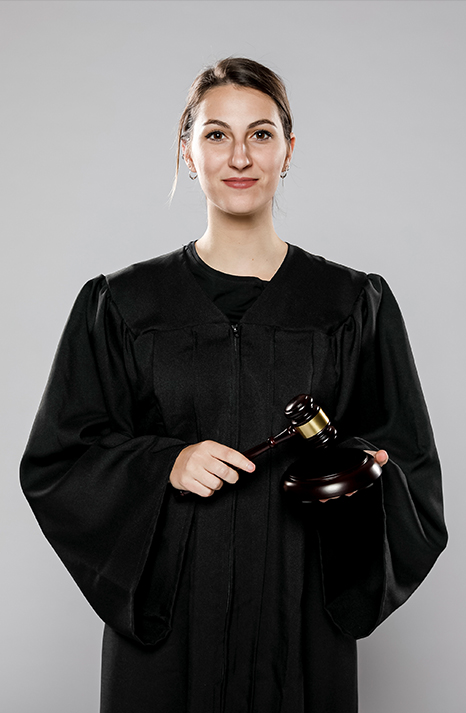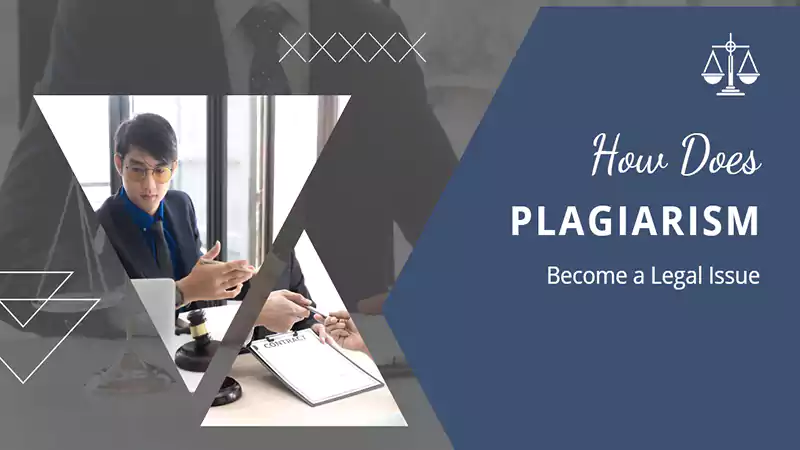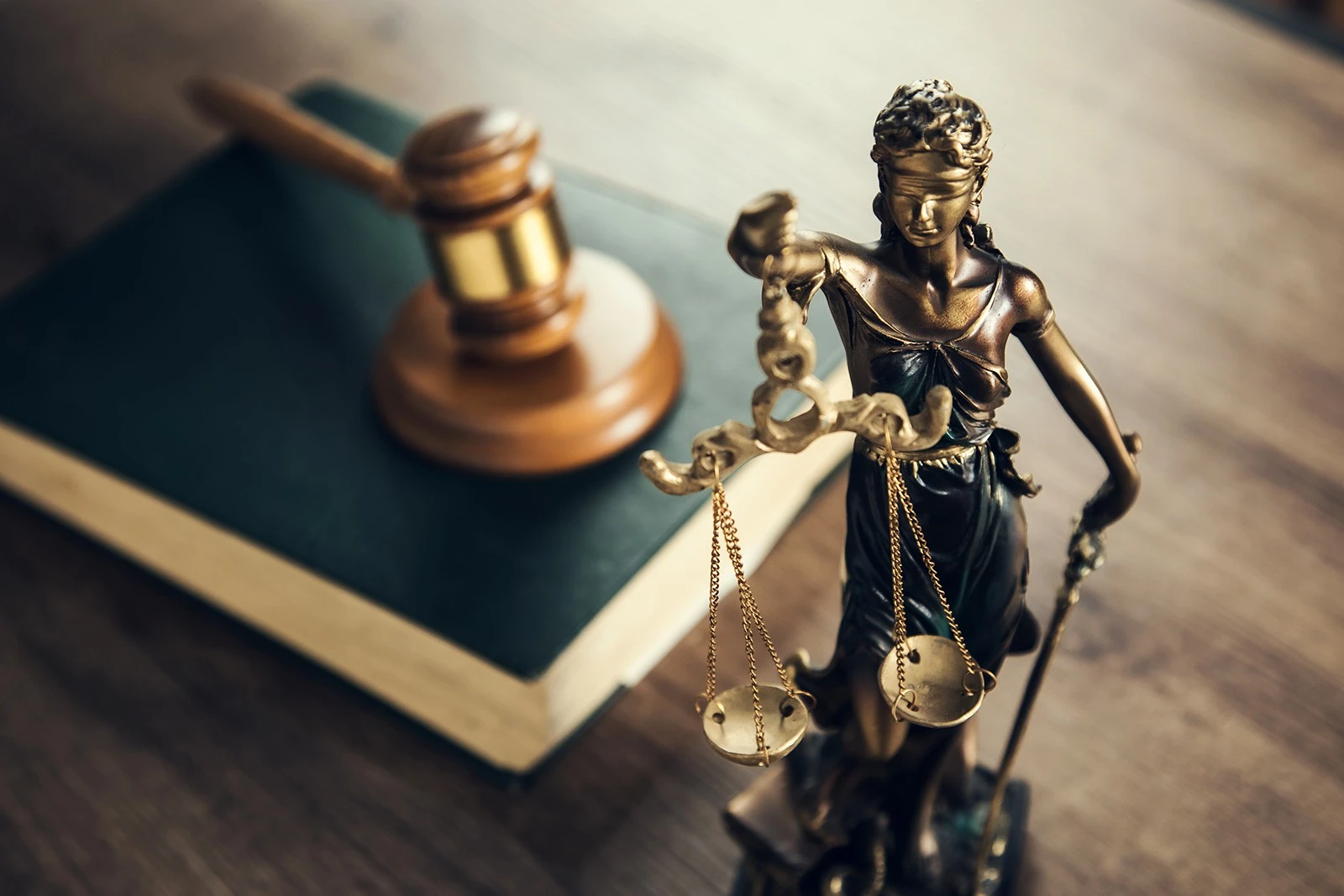

Plagiarism is one of the biggest issues students and teachers face today. In fact, it is not just a mere academic infraction or a simple mistake. Plagiarism can lead to serious legal consequences.
But why has plagiarism become a legal issue? Are there any laws that prove the severity of this crime? If you want the answer to these questions, this blog post is for you.
Here, we’ll describe how plagiarism has become a legal problem with the help of plagiarism laws. But besides, we’ll also share some tips to avoid plagiarism. So, without any further delay, let’s delve in.
Plagiarism means including someone else’s information in your work without proper acknowledgment. The included information can be in the form of an idea or actual words.
The absence of proper acknowledgment is the primary reason for considering the copied information as plagiarism. So, if you properly quote the source of duplicated information after getting permission from the copyright owner, the duplicated information will not be considered plagiarism.
Another thing to consider is that a certain amount of accidental plagiarism cannot be avoided. So, most institutes and publishers have a limit on allowed plagiarism. In most cases, if the plagiarism in your work is less than 15% then it is considered okay for publishing.
But how do you find out how much plagiarism your work has? Fortunately, that is quite easy. You can find a free online plagiarism checker with percentages in mere moments. All you need to do is, search for that exact phrase on the web.
You can find many types of tools and it’s up to you to use a paid or a free online plagiarism checker with percentages. With their help, you can detect how much plagiarism is in your work, and whether you need to do something about it or not.
Laws change from country to country. In fact, some laws vary from state to state within the country. However, to understand the legal perspective of plagiarism, let’s refer to the Philippines’ Intellectual Property Code here.
Here, we’ll discuss the two major sections of the Intellectual Property Code of the Philippines to understand the severity of plagiarism.
Section 193 of the Intellectual Property Code of the Philippines describes the moral rights of plagiarism as follows:
“To require that the authorship of the works be attributed to him, in particular; the right that his name, as far as practicable, be indicated in a prominent way on the copies, and in connection with the public use of his work.”
The above section indicates that if you want to publicly include information or parts of data from an existing source, it is mandatory to cite the writer’s name. So, according to the law, even a general declaration will not satisfy the legal requirements. Instead, you should professionally quote the writer’s name.
Section 198 of the Intellectual Property Code of the Philippines further describes why plagiarism is illegal as follows:
“The rights of an author under this chapter (Chapter 10) shall last during the lifetime of the author and for fifty (50) years after his death and shall not be assignable or subject to license.”
According to the above statement, if you want to include information from an existing source, it is mandatory to credit the owner of the information if they are still alive.
Now you know that plagiarism can occur in different shapes. So, let’s discuss the tips and tricks to avoid plagiarism.
When it comes to producing unique work, research is the most crucial phase. The more time you spend in the research phase, the better it will be for your end product.
Thus, to increase the likelihood of keeping your work plagiarism-free, you should conduct extensive research. However, extensive research will only be possible if you start working early.
Undoubtedly, the research phase will come in handy in producing unique information. But for some reason, if you want to include some parts of information from an existing source, you can paraphrase those parts.
The term ‘paraphrase’ refers to explaining existing information in your words without changing the context of information. However, paraphrasing will only prove helpful in avoiding plagiarism if you have done it right. So, consider the following tips when trying to rephrase something.
Once you’ve paraphrased the material, you must cite the source of the original information. Otherwise, you will fall prey to paraphrasing plagiarism.
Sometimes, it becomes mandatory to include a part from an existing source without modifying its words. In such a situation, you can take assistance from double quotes.
You can copy the required part and enclose it in double quotes before including it in your work. However, like paraphrasing, you must mention the source of the included information. Otherwise, the included data will be considered plagiarism.
Plagiarism becomes a legal problem when you don’t mention the source of the included information. So, as long as you properly cite the source of the included information after getting permission from the copyright owner, you remain in the safe zone. However, if you don’t, you can fall prey to any form of plagiarism.
Plagiarism can occur in many forms, making it challenging to tackle plagiarism. Thus, read the above discussion to understand the different forms of plagiarism and the various tips to avoid those forms.
